Genetic analysis on a roughly 90,000 year old human bone discovered in Siberia reveals that it belonged to a hybrid between Neanderthals and Denisovans.
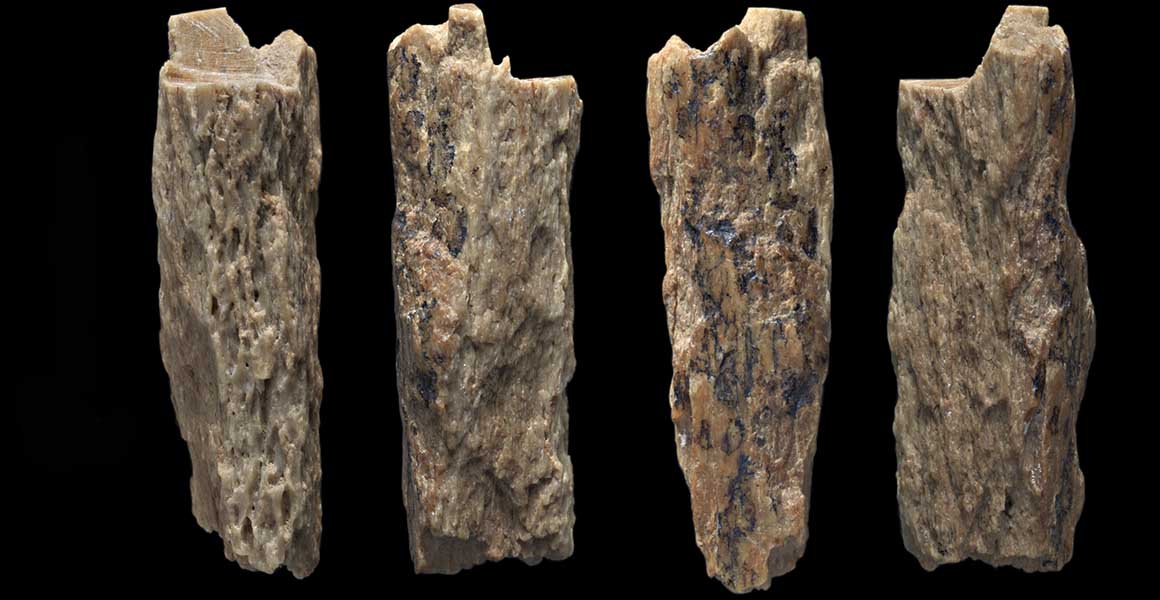
The DNA has been extracted from the from a tiny fragment of bone © Thomas Higham/University of Oxford
Neanderthals and Denisovans are extinct relatives of modern humans. While scientists are rapidly discovering more about Neanderthals, there is very little physical evidence for Denisovans. To date, only a handful of bones and teeth have been unearthed from the Denisova Cave in the Altai Mountains of Siberia.
Some were quickly identified as belonging to a human, but when researchers sequenced the DNA preserved within the bones they realised all was not as it seemed.
The bones actually belonged to a previously unknown species of archaic human. What's more, when the genome of the newly identified Denisovans was compared to that of modern humans, it turned out that some populations alive today – for example Melanesians and Aboriginal people - still carry some of these ancient human genes.
Now, further analysis of one of the bone fragments from the cave has been carried out. The bone is about 90,000 years old, and it is thought to have belonged to a girl who was at least 13. The analysis revealed that the child's mother was a Neanderthal, and her father was a Denisovan.
Svante Pääbo, lead author of the study published in Nature and based at the Max Planck Institute in Leipzig (Germany), says, 'It is striking that we find this Neanderthal-Denisovan child among the handful of ancient individuals whose genomes have been sequenced.'
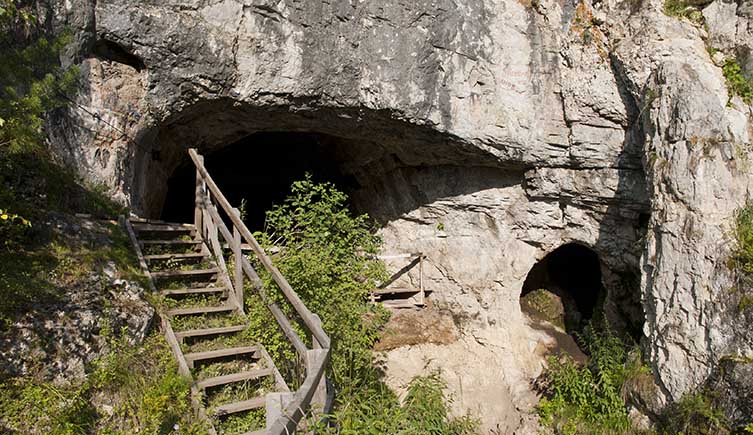
Denisova Cave in which the remains have been is located in modern-day Siberia © Bence Viola/Max Planck Institute for Evolutionary Anthropology
Considering that there are only a few Denisovan individuals known, the discovery of the hybrid indicates that such mating events were not rare.
'Neandertals and Denisovans may not have had many opportunities to meet,' says Pääbo. 'But when they did, they must have mated frequently - much more so than we previously thought.'
Close relations
While Neanderthals were found across Europe, the Near East central Asia, the Denisovans are thought to have lived in East and South Asia, although there was clearly some overlap in their ranges.
The sister groups are currently understood to have diverged about 400,000 years after their last common ancestor split with Homo sapiens at least 500,000 years ago.
Though all three human group were distinct, genetic evidence shows that they were closely related enough to have mated and had children. Neanderthal and Denisovan DNA can still be found within modern humans, so considering that the two ancient populations were more closely related to each other than to Homo sapiens, it is hardly surprising that they were also mating.
That said, the situation might not be quite as clear-cut.
Prof Chris Stringer, a human evolution researcher at the Museum, says, 'Neanderthals might have overlapped with the Denisovans across Asia for over 300,000 years, so the fact that their lineages remained largely separate must indicate the existence of some geographic, genetic or barriers to more widespread mating through that time.'
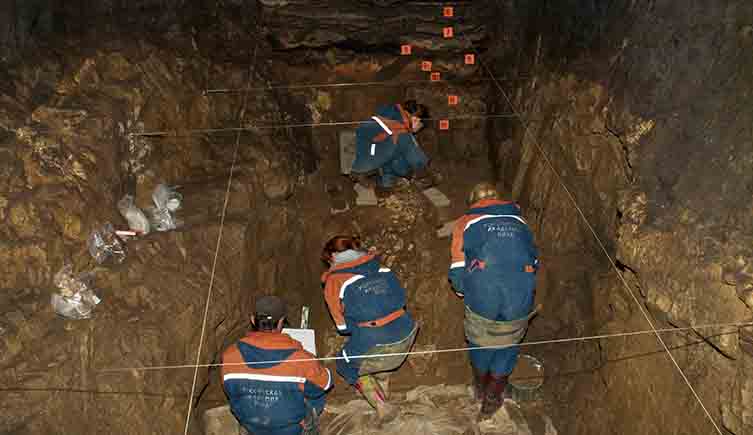
The Denisova Cave has been lived in by modern humans, Neanderthals and Denisovans © Bence Viola/Max Planck Institute for Evolutionary Anthropology
Ancient
The researchers were able to peer into the history of not only the girl but also her mother. This has shed some light on the movements of Neanderthal populations across Europe and Central Asia.
Denisova Cave is located on the far eastern edge of the Neanderthal's historic range. Earlier Neanderthal fossils have been found within the same cave but despite this, the results indicate that the child's mother did not come from the earlier eastern population but was more closely related to later Neanderthals in both Europe and Asia.
This shows that there must have been quite a high population turnover among the Neanderthals and were replaced by movements across Asia during the last 120,000 years.
Even though we know a great deal about Neanderthals, there is still much we don't know about Denisovans. This is due in large part to their poor fossil record.
'While the Neanderthals are relatively well-represented from fossils across western Eurasia, the Denisovans are so far only known from bone fragments and a few teeth from one cave in Siberia,' says Chris. 'The Denisovans must have had a long evolutionary history in eastern and probably also southeastern Asia.'
Until more fossil evidence is uncovered, the enigmatic Denisovans will continue to remain something of a mystery.
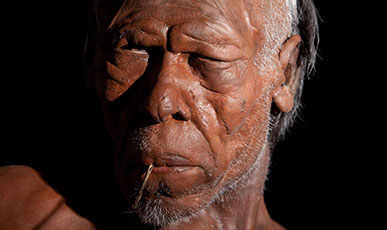
Explore human evolution
Museum science is helping to answer where, when and how humans evolved.
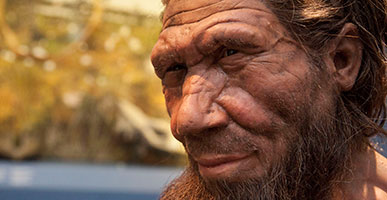
Who were the Neanderthals?
These early humans are far more similar to us than once believed.
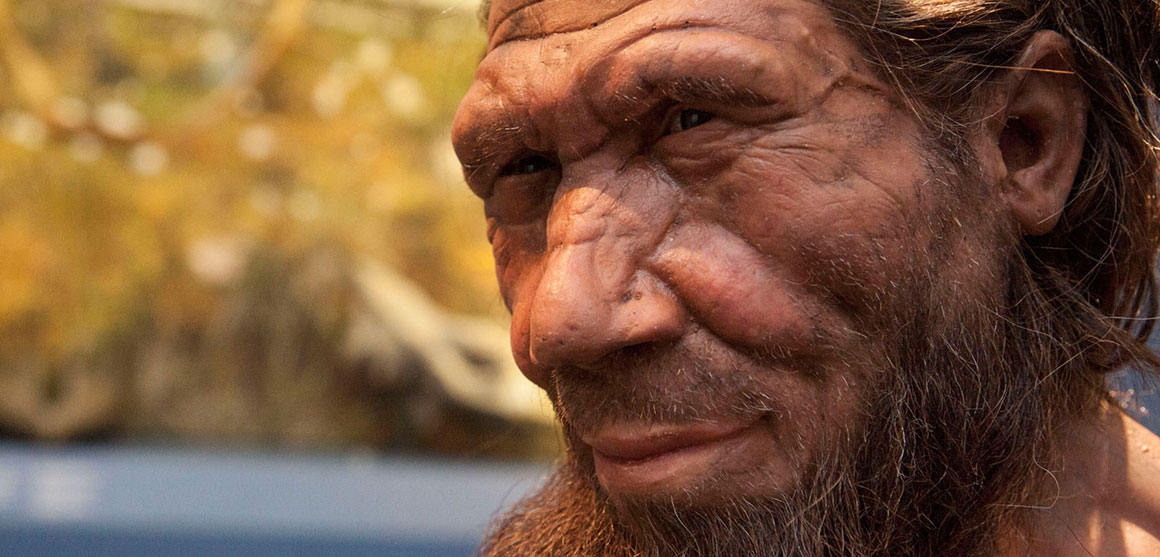

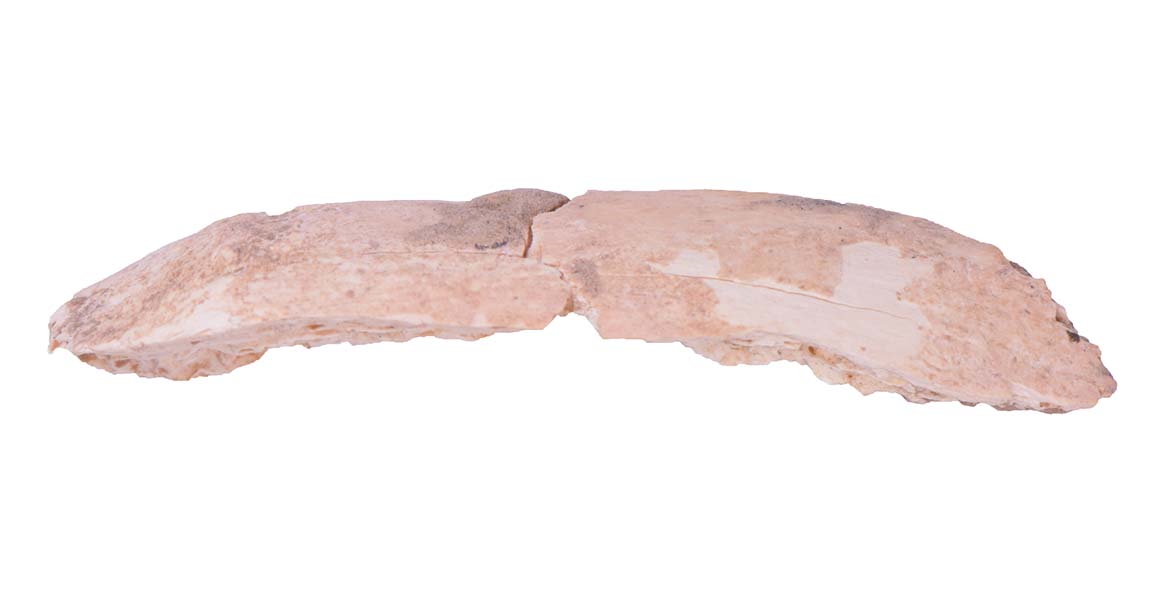
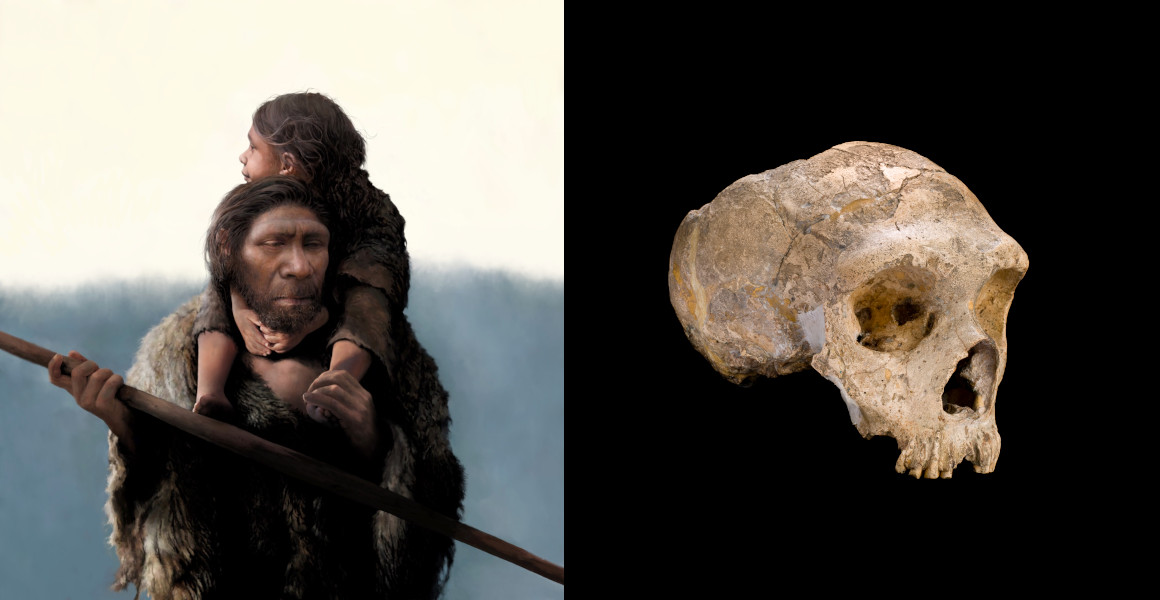
Don't miss a thing
Receive email updates about our news, science, exhibitions, events, products, services and fundraising activities. We may occasionally include third-party content from our corporate partners and other museums. We will not share your personal details with these third parties. You must be over the age of 13. Privacy notice.
Follow us on social media